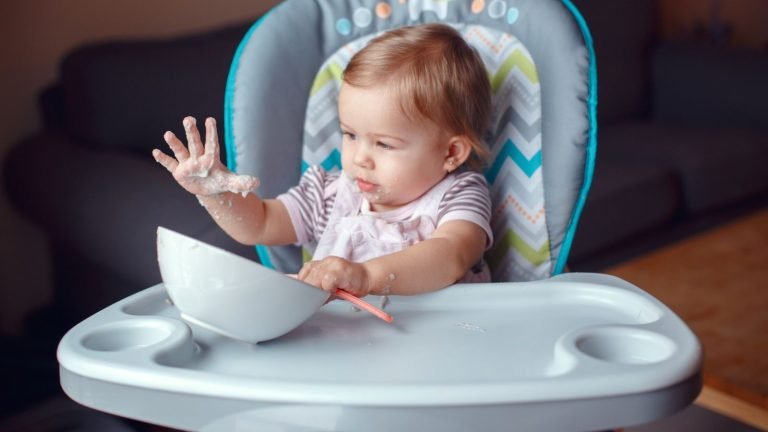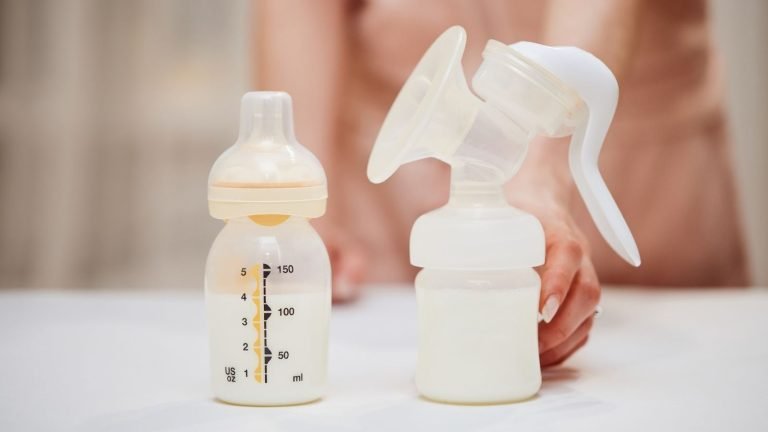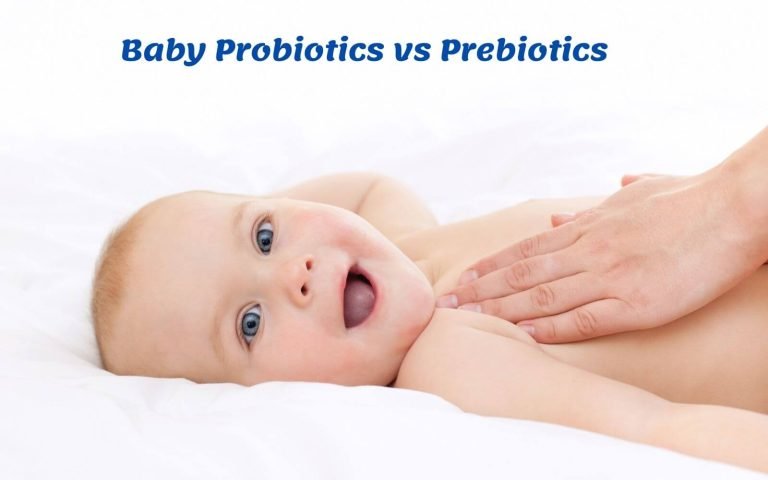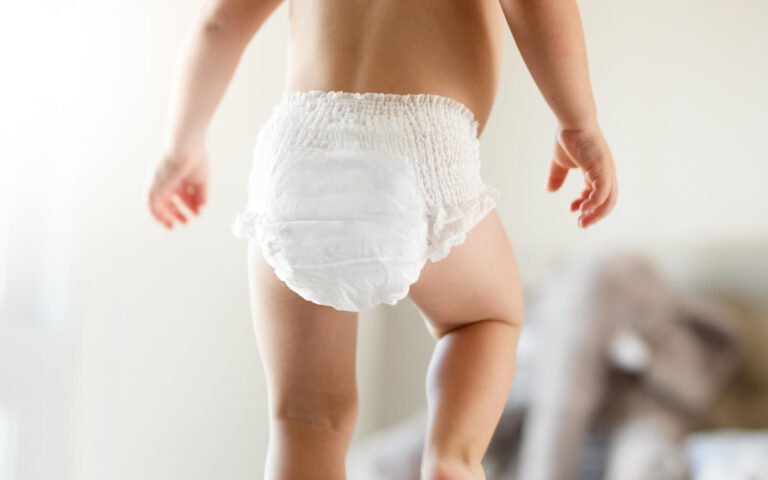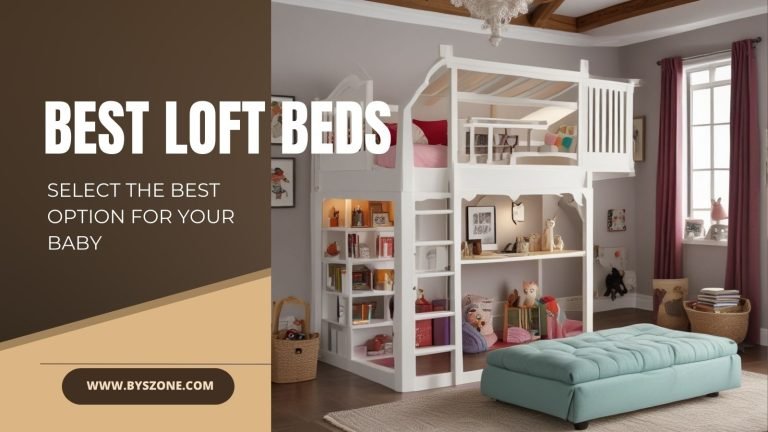What Are the Best Different Types of Baby Bottles Available Today?

Are you a new parent feeling overwhelmed by the many different types of baby bottles on the market?
Choosing the right bottle for your little one can be confusing with all the wide bottles and options available.
In this post, we’ll discuss the different types of baby bottles so you can make an informed decision about which one best meets your baby’s feeding needs.
By the end, you’ll understand the pros and cons of each bottle type, empowering you to select the perfect option for your family.
Overview of Baby Bottle Types

When choosing the right baby bottle, the material is an important factor to consider. Each type of ingredient offers unique benefits and potential drawbacks, impacting your baby’s feeding experience and convenience. Here’s an overview of the most common materials used in baby bottles: plastic, glass, stainless steel, hybrid, and even silicone bottles.
Plastic Bottles
Plastic baby bottles are popular due to their lightweight nature and durability. They are usually made from BPA-free plastic to ensure safety, as BPA (bisphenol A) is an industrial chemical that can harm children.
These baby bottles are easy to use and less likely to break if dropped. They are popular compared to other bottles because they may need to be replaced more often, as they can develop scratches and absorb odors over time.
Why Do You Need Baby Bottles – If you’re wondering whether baby bottles are essential, this guide explains their importance in feeding your little one.
Glass Bottles
Glass baby bottles are prized for their purity and safety. They do not contain harmful chemicals and resist absorbing odors and tastes. Glass bottles are durable and can withstand high temperatures. They are also easy to clean and sterilize. The main problem is their weight and fragility, which can cause parents’ concerns.
Stainless Steel Baby Bottle
Stainless steel baby bottles are known for their durability and eco-friendliness. They are lightweight, unbreakable, and free of harmful chemicals, making them a safe option for children. However, stainless steel baby bottles are more expensive than plastic or glass bottles and may not provide the same transparency to see the milk’s inner layer.
Silicone Baby Bottle
Silicone baby bottles offer flexibility and safety. They are soft and squeezable, which can help stimulate the breastfeeding experience. They are made from BPA-free silicone. Silicone baby bottles are easy to clean, dishwasher safe, and sterilized. Babies love silicone baby bottles. However, they can be expensive and not as durable as stainless steel or glass bottles.
Best Natural Baby Probiotics – Learn how probiotics can benefit your baby’s digestive health and overall well-being.
Hybrid Baby Bottle
Hybrid baby bottles combine the best features of different types of baby bottles, providing a versatile and convenient feeding solution for both parents and babies. Many hybrid bottles have built-in venting systems to reduce the air a baby swallows, which can help reduce colic, gas, and discomfort.
Hybrid bottles are usually designed to be easily disassembled for thorough cleaning. Hybrid baby bottles are dishwasher-safe and have wide necks for easy access. Some hybrid bottles have heat sensors that indicate if the milk is too hot or at the right temperature and ensure safe feeding.
Different Sizes of The Bottle
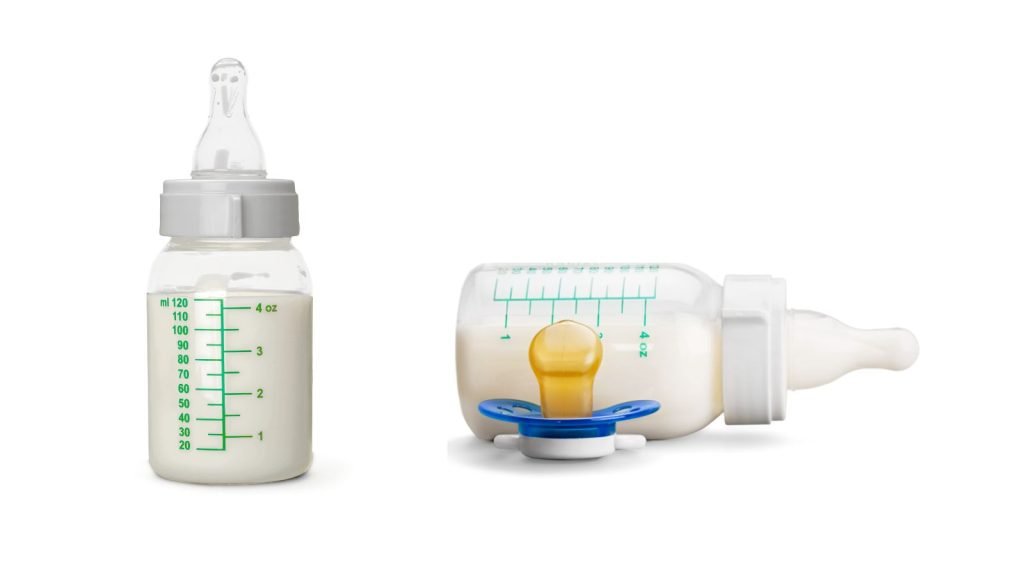
Small Size (4-5 oz)
Small bottles are usually 118 to 148 milliliters (4-5 oz) and are ideal for newborn babies. They are usually used in breastfed babies, who typically have small stomachs and may need frequent small feedings.
Small bottles are lightweight and easy for small hands to hold, making them perfect for mothers who breastfeed. By mimicking the size and shape of the breast, facilitating a smooth transition can help babies get used to bottle feeding. This allows you to prepare the exact amount of milk or formula needed for each feeding, reducing the chance of wasted leftover milk.
The smaller bottles are often compatible with breast pumps, allowing mothers to express and store breast milk directly in the same bottle for added convenience.
Medium Size (6-8 oz)
Medium-size bottles are 177 to 237 milliliters (6-8 oz). After a certain period, the child grows up. Then, the baby’s bottle size changes. Medium-sized bottles are ideal for older babies who need larger feedings as they grow.
Babies at this stage often consume more milk or formula per feeding than newborns. Medium-sized bottles offer versatility for both short and long feeding sessions. They can hold enough milk and provide the extra capacity to meet your baby’s growing nutritional needs.
Medium-sized bottles are especially convenient for nighttime feedings, as they can hold enough liquid to satisfy your breastfed baby’s hunger without frequent refills. This can help reduce disruption to both your baby’s and your sleep.
Large Size Bottles (9-12 oz)
Large baby bottles are 266 to 355 milliliters (9-12 oz). These bottles are designed to meet the feeding needs of older babies whose appetites increase as they grow a larger volume capacity; larger bottles can hold more liquid, reducing the need for frequent refills during feeding.
They are suitable for longer feeding periods or for babies who consume large amounts of milk or formula per feeding. Large bottles are especially convenient for night feeding, as they can hold enough liquid to satisfy your baby’s hunger. This helps reduce disruption to your baby’s sleep and reduces the need for multiple feedings during the night.
They are compatible with most standard nipples and accommodate different feeding preferences and techniques. Larger bottles are often made from durable materials such as BPA-free plastic, glass, or stainless steel, ensuring long-term use and durability.
Different Structures of Bottle

Standard (narrow neck)
A standard (narrow-neck) bottle has a traditional cylindrical look and a narrow neck. It fits most bottle warmers, sterilizers, and standard baby bottle nipples. A standard (narrow-neck) bottle diaper bag is easy to store and carry and suitable for most children.
Wide Neck Bottles
Wide-neck bottles offer many benefits, especially for parents looking for an easy-to-clean option that mimics breastfeeding. With a wide opening between the bottle nipple and base, they are designed to mimic the shape of the breast. The wide neck makes it easy to clean and fill, reducing nipple confusion.
Angled Bottles
Angled baby bottles are specially designed with a curved or angled shape to address certain feeding challenges and provide additional convenience. Its curved or angled shape helps the milk flow and keeps the nipple full of milk, reducing the air the baby swallows.
This encourages an upright feeding position, which can help prevent ear infections. By keeping the baby upright, angled bottles can aid in better digestion and reduce the chance of colic discomfort.
Summary
Many baby bottles and nipples are available today to cater to different needs and preferences. Parents can choose the best fit for their baby’s comfort and feeding routine, from traditional glass and plastic bottles to innovative anti-colic and vented options.
Considering factors like material, nipple design, and ease of cleaning will help ensure a smooth and enjoyable feeding experience for both parent and child.
Frequently Asked Question
1. Are There Different Types Of Baby Bottles?
Standard bottles have straight or slightly rounded sides. They are easy to clean and fill, and you can easily tell how much milk is in the bottle. Angle-neck bottles are easier to hold.
2. What size baby bottle should you buy?
Small, 120 mL (4 fl oz) bottles are a good size for newborns. As your baby takes more formula during a feeding, you will likely want to have bigger 240 mL (8 fl oz) bottles on hand.
3. What Are Baby Bottles Called?
A baby bottle, nursing bottle, or feeding bottle is a bottle with a teat (also called a nipple in the US) attached to it, which creates the ability to drink via suckling.
4. How To Try Different Baby Bottles?
Start with one type of bottle and allow your baby to try it several times – do not give up if your little one rejects it the first time.
